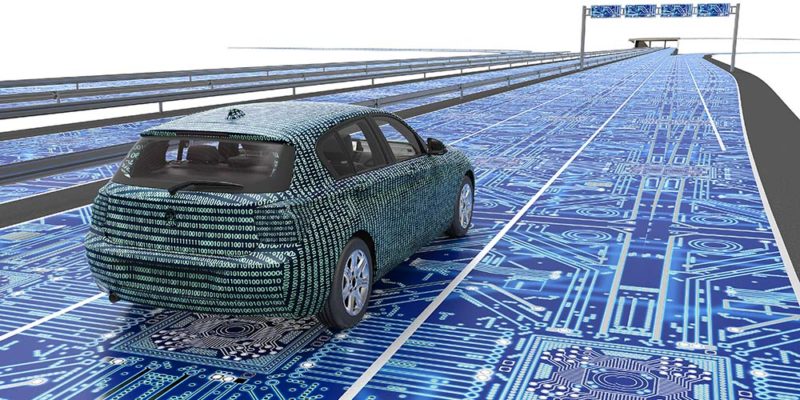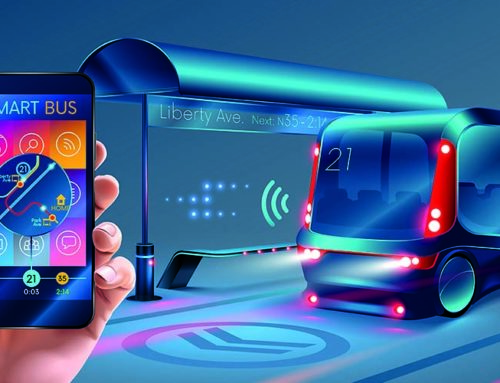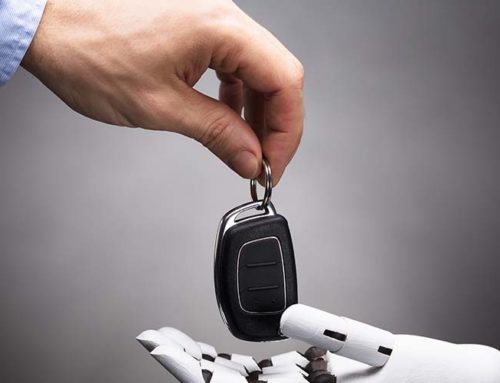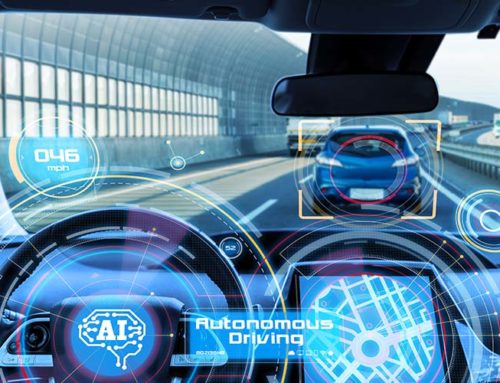Advancing solutions in driverless cars have a growing number of cities, Dubai in particular, examining their current vision of a “smart city.” The disruption presented by self-driving cars will impact several built environment and land use frameworks, namely: urban transport, infrastructure design, mobility, accessibility, and traffic safety.
With innovative technological advancements further progressing the reality of driverless cars, fleets of fully autonomous vehicles represent the future of transport. This sustainable mode of transport will result in reduced carbon emissions, curb climate change, increase economic returns, increase workforce and transport efficiency, and promote an improved quality of life.
While Dubai has already begun to enact initiatives to develop an infrastructure for smart urbanism, establishing the infrastructure necessary for electric vehicle charging stations throughout the emirate, the requirements of autonomous cars will require considerable restructuring.
Dubai, like 50% of US cities, is integrating technological innovation in the legislative framework, service provisions, and decision-making surrounding smart urban mobility solutions.
Autonomous vehicles and governance
One of the main issues that must be addressed by cities in the age of smart urbanism is the interaction of a driverless urban transport system with its surrounding built environment. Driverless cars will affect numerous planning and policy measures.
Because most traffic accidents are caused by human error, data suggest that fully autonomous vehicles will result in fewer accidents. This has potential benefits for traffic safety, while also positively impacting congestion and emissions.
Several cities have already endorsed testing standards to ensure driverless cars meet required safety standards and comply with regulations.
Specific legislative actions implemented by several cities in the United States, Europe, and Dubai cover driver and vehicle licensing regulations, the 2016 automated vehicle policy guidance (which includes a recommended Code of Practice), and road safety regulations.
While changes to transport laws and regulations are important, education and demonstration of self-driving technologies are equally crucial. Demonstrable effects and benefits of self-driving cars help policymakers and planning practitioners better understand self-driving technologies in a variety of application areas.
The upcoming Dubai SD Challenge (or Dubai World Challenge for Self-Driving Transport) is an opportunity for the private sector, public sector organizations, and research think tanks to assess how driverless cars can be safely deployed to the public streets and become economically and commercially viable.
The sharing of urban space
Restructuring of urban land use and the built environment will be required to enhance the compatibility of driverless cars on public streets.
In cities like San Francisco, urban land and the built environment are already being repurposed to capture tomorrow’s autonomous opportunities. The introduction of employer-provided shuttles has reduced the need for private car ownership and, to a greater extent, parking garages. Residents in San Francisco have sought permission from the city’s Planning Commission to transform their unused parking garages into storage.
The challenge that San Francisco faces will become more prevalent as autonomous technologies become more commercially viable. Data suggests that private car ownership will continue to decline as the passenger economy increases the ease of transport.
With single passenger automobiles on their way out, architects, transportation planners and other land-use experts must reimagine the layout of the built environment. Autonomous vehicles do not require the same lane width or on-street parking. Minimizing both creates greater opportunities for commercial development, recreational green spaces, more efficient stormwater management, and wider pedestrian paths.
But these potential benefits also pose economic challenges that must be addressed. Cities rely on revenue from civil fines and fees (parking meters, traffic violations, vehicle registration fees, etc.) to finance civil services. With driverless cars, these revenue generators will experience sharp declines. Cities must explore additional revenue sources to raise the necessary funds.
Several examples of policy tools that could be implemented for cities to recoup revenue loss can include congestion charges based on time of day, vehicle occupancy tax, per-mile driving charges, and road tolls.
New economic models
The disruptive nature of self-driving cars is promoting new markets and industries. One in particular, the passenger economy, commoditizes mobility and directly influences the passenger experience. In a driverless future, passenger vehicles become more than just automated transport.
While current public transport models make use of the passenger economy with its creative ads, self-driving cars will transform this burgeoning market into a much more personalized one. On-demand self-driving transport options like ride-hailing services will be more individualized, adapting to consumer experiences.
Examples of customer-centric passenger experiences include mobile beauty salons, mini-clinics, mobile motels, drive-away movies, and mobile dining.
However, the passenger economy affects more than just private transport cars. Fleet management in industries like trucking will change. The use of autonomous fleets will enhance delivery efficiency and optimize distribution.
Cities must adapt to the multi-use application of self-driving cars. The bounds of the passenger economy seem to be near limitless. This will encourage more people to take more land-based trips, inducing demand on public roads. If implications are not considered, this can result in automated congestion.
Another question that must be considered is urban sprawl. The emergence of autonomous modes of transport could encourage sprawl. As self-driving cars increase the appeal of suburban living, city planners must consider how transport systems will work in a decentralized built environment.
Driving towards an autonomous future
The age of autonomy is transforming current visions of smart cities. Dubai joins a small number of governments aimed at creating a comprehensive, multi-modal self-driving framework. This integrated approach focuses not only on private vehicles, but also on the automation of heavy vehicles and self-driving transport.
By strategically aligning legislative framework with urban planning requirements and new economic opportunities, modern cities like Dubai can serve as a primer for others looking to take advantage of an automated mobility future.
Check out the Dubai World Congress for Self-Driving Transport on October 15-16, 2019 to lean more about cities and the future of transport.
Congress
A global 2-day conference that will raise public awareness of modern and future transport by identifying the impact of technology on investments and transport strategies.
Exhibition
A cutting-edge exhibition showcasing the future of self-driving vehicles. The Dubai World Congress for Self-Driving Transport Exhibition is the essential place to attain key decision makers’ attention, and to meet your target audience.
Challenge
The first-of-its kind, multi-year international challenge designed for industry leaders, start-ups, and academia tackling the transport challenges faced by global cities.







